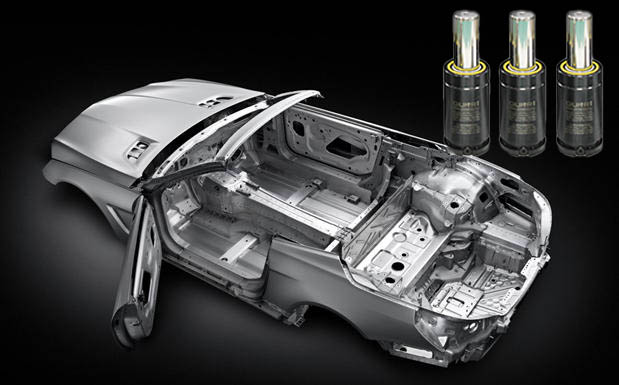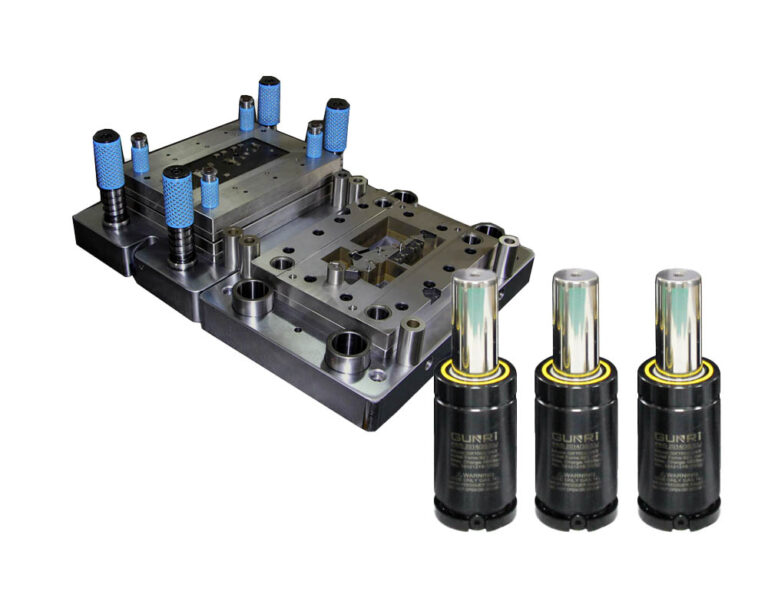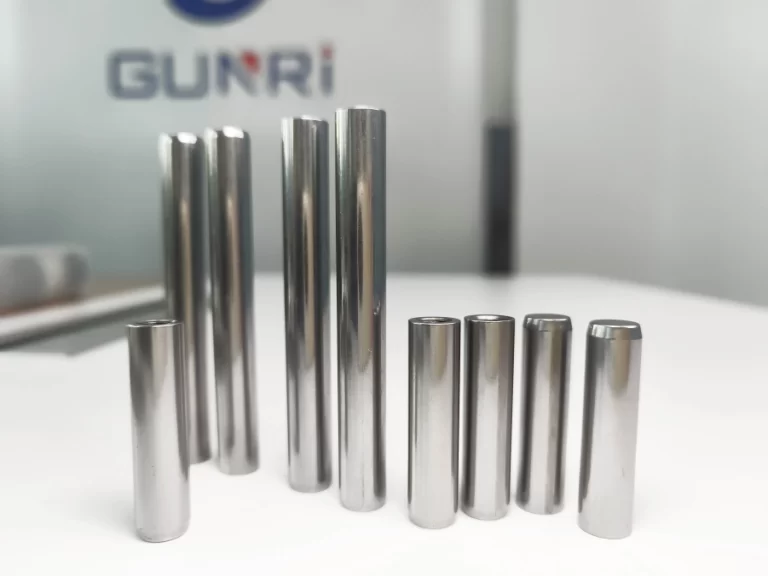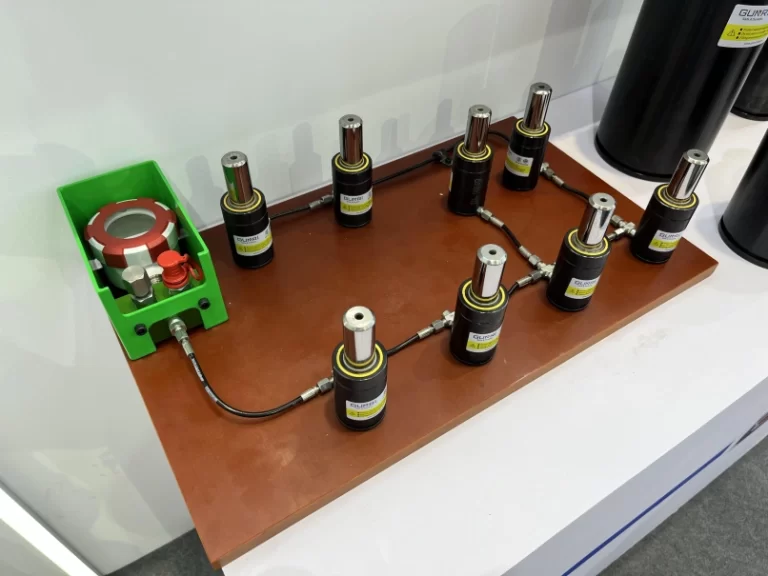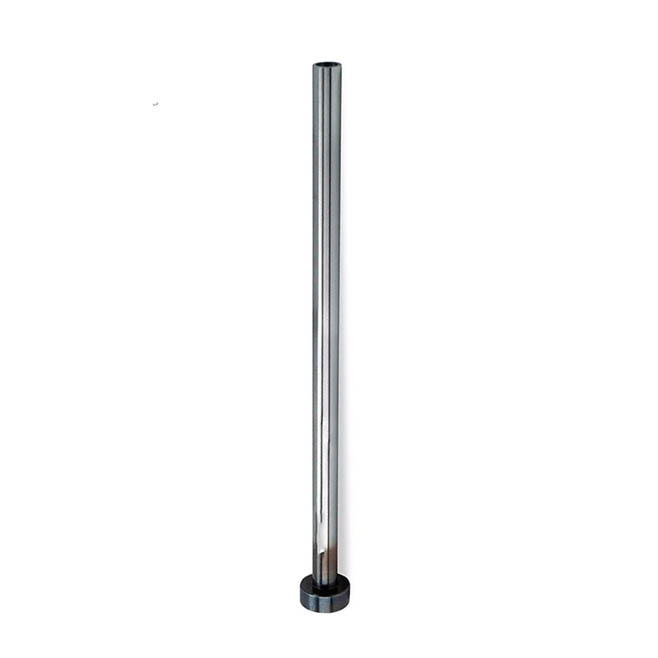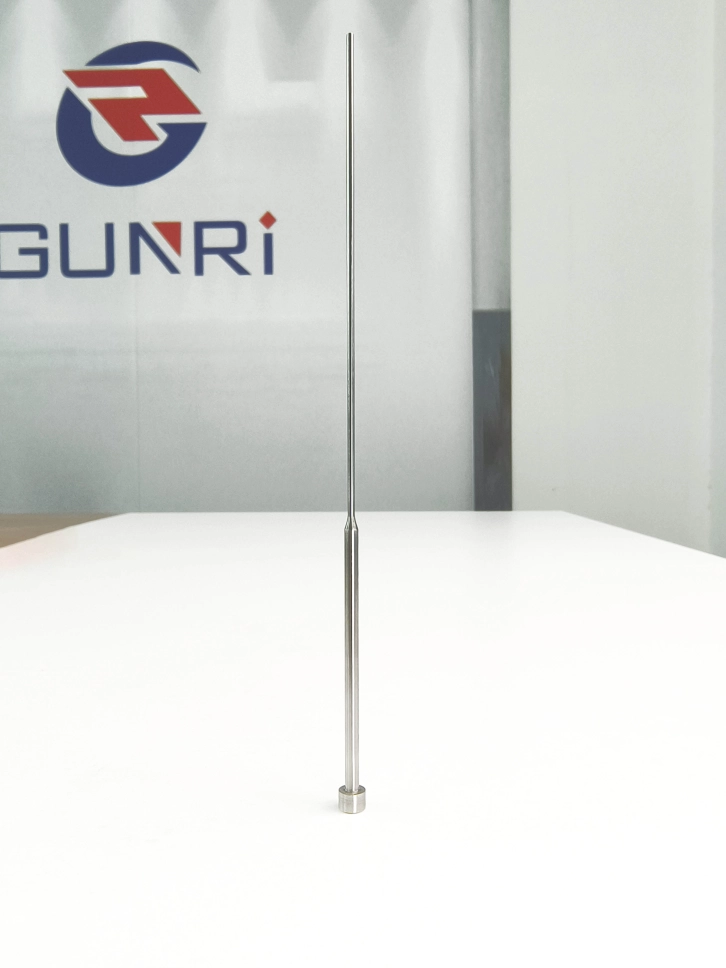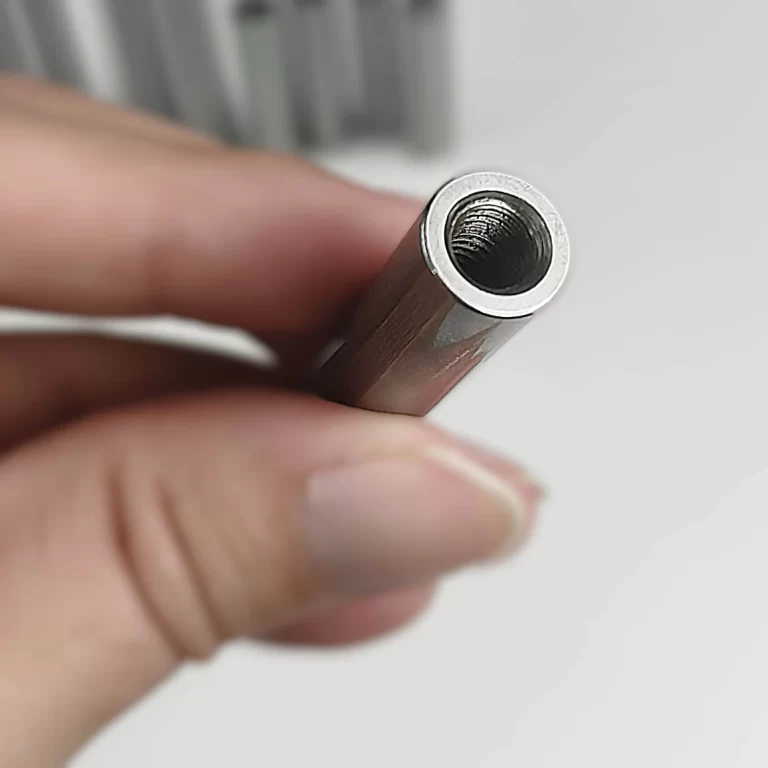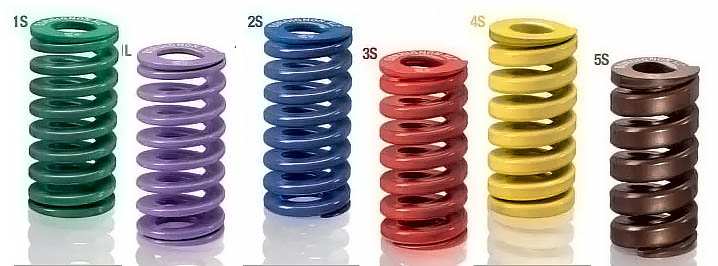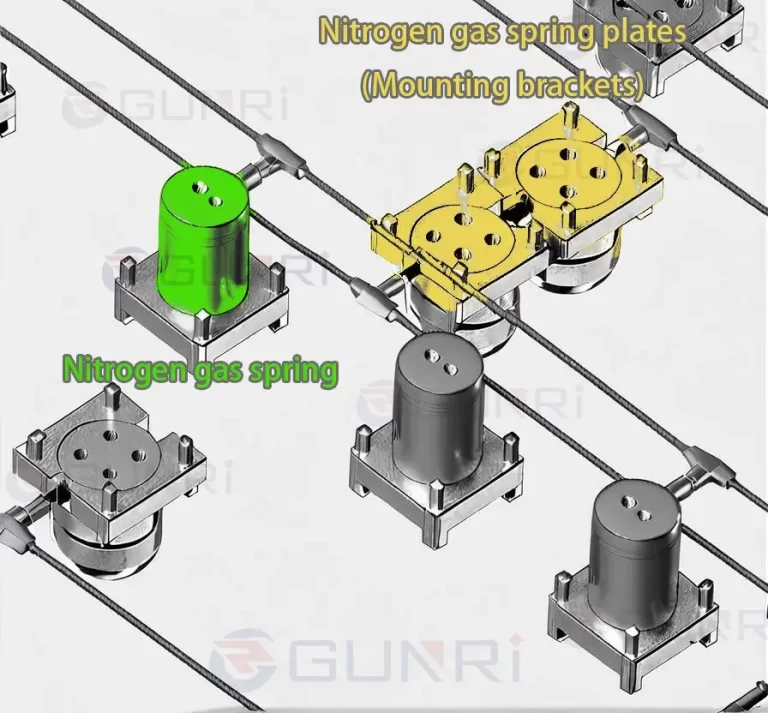Optimized Application Guide: Nitrogen Gas Springs in Automotive Molds
Introduction to Nitrogen Gas SpringsNitrogen gas springs, utilizing nitrogen as a pressure source, are increasingly replacing traditional springs, rubber pads, and pneumatic cushions due to their stable force output, compact design, reliable performance, and extended service life. In the mold…

